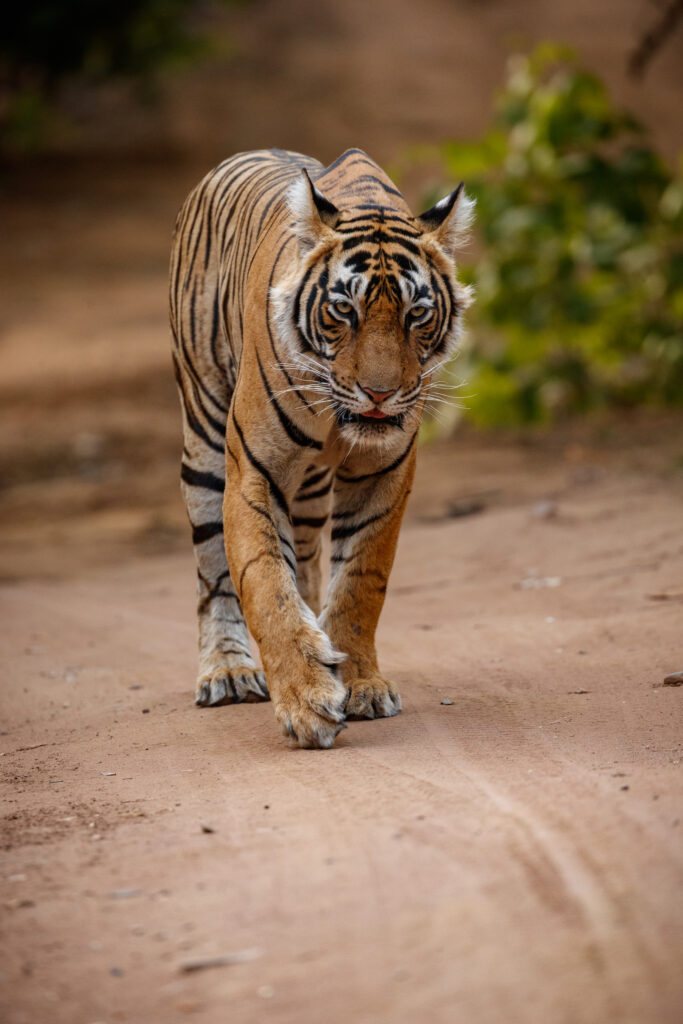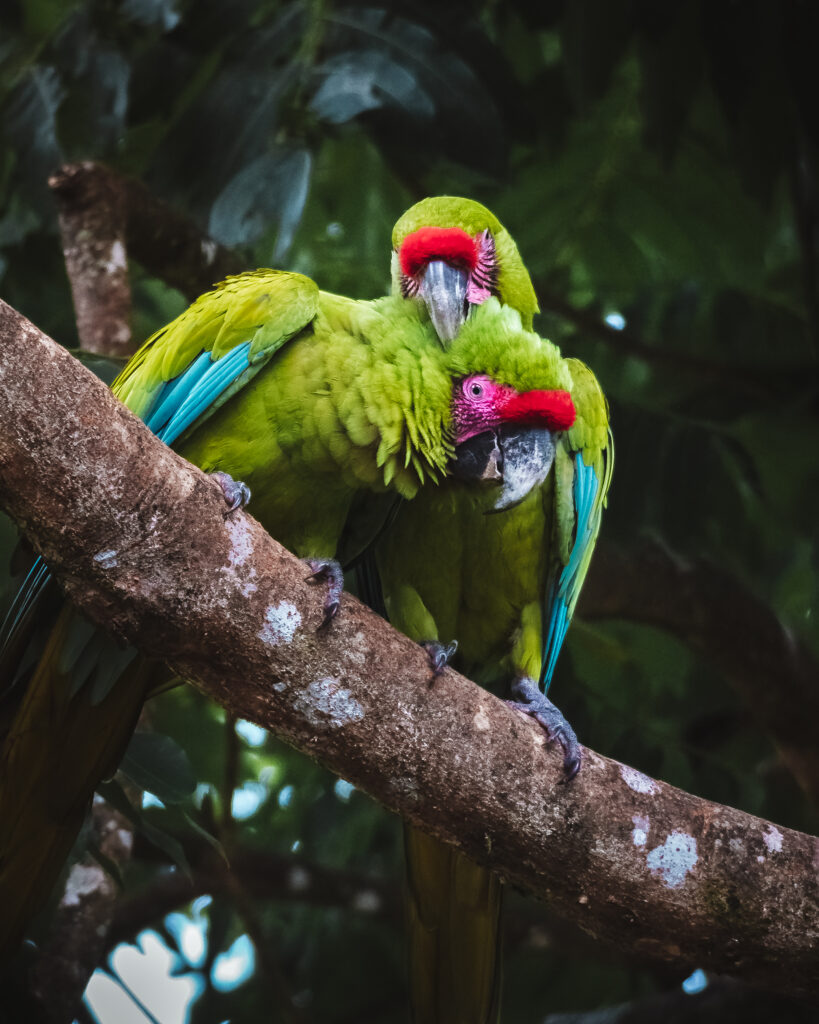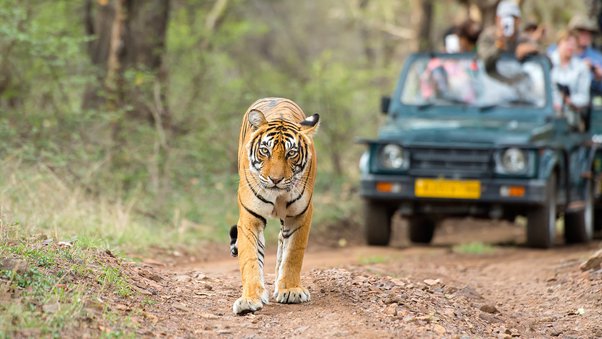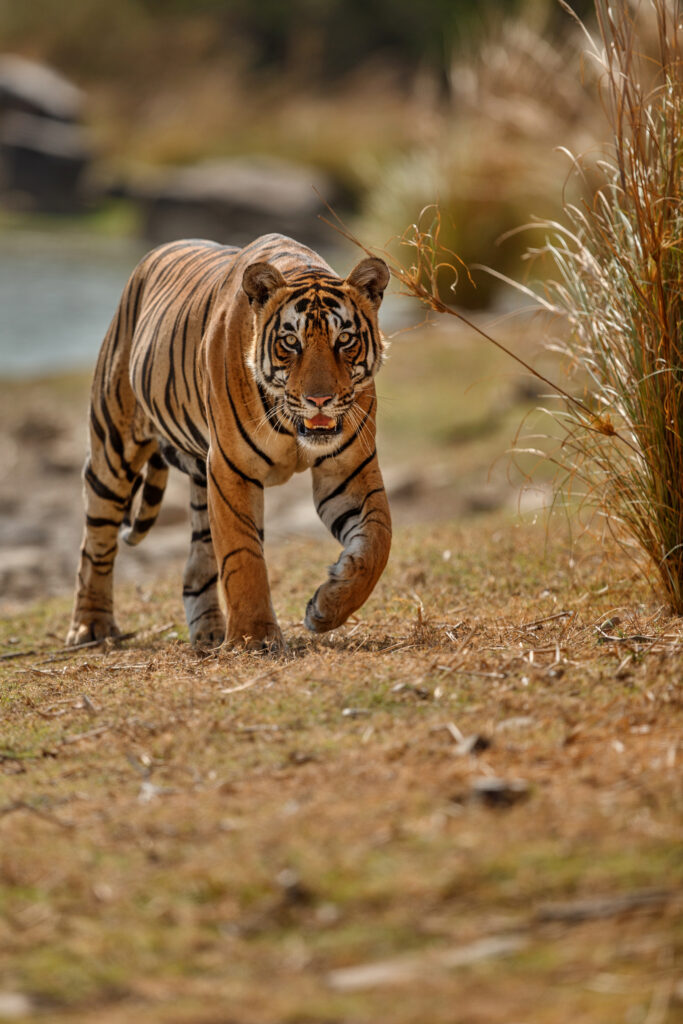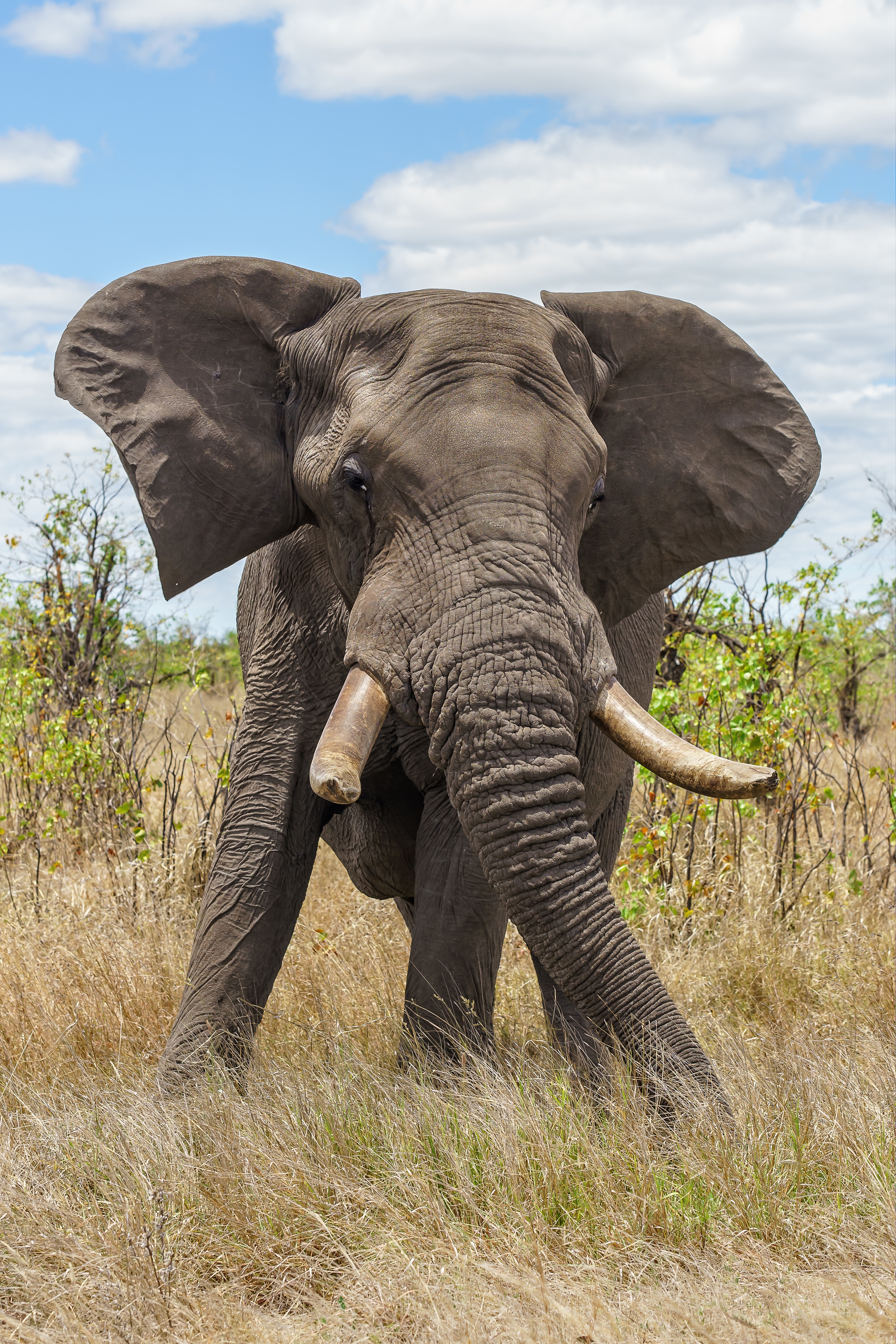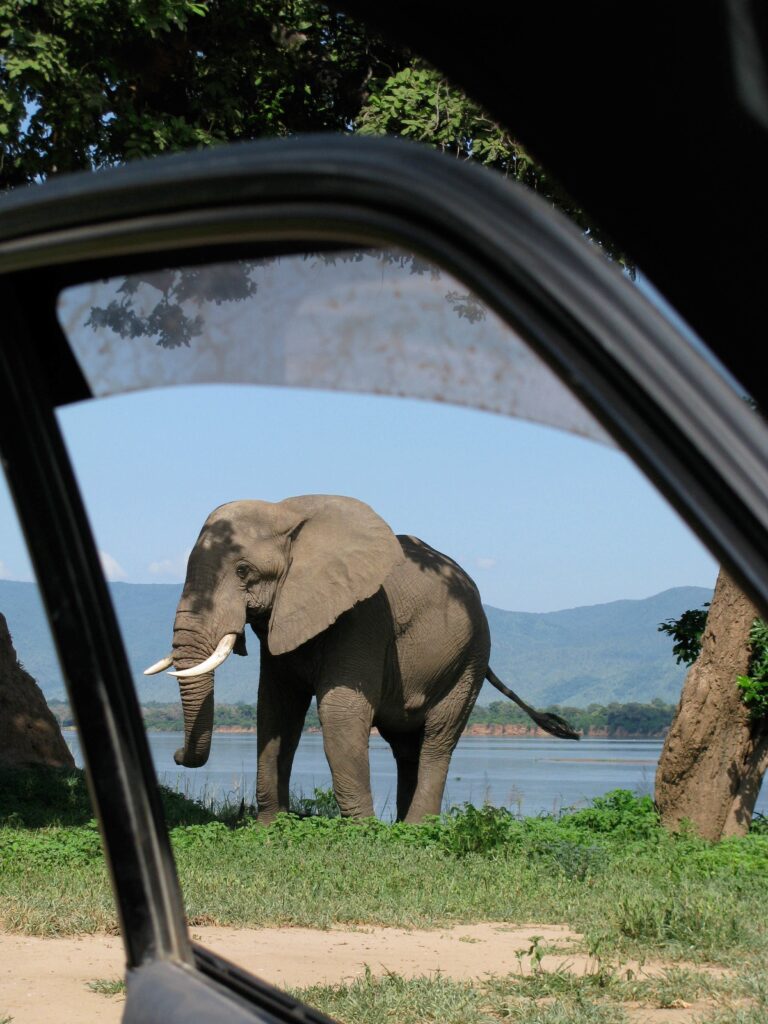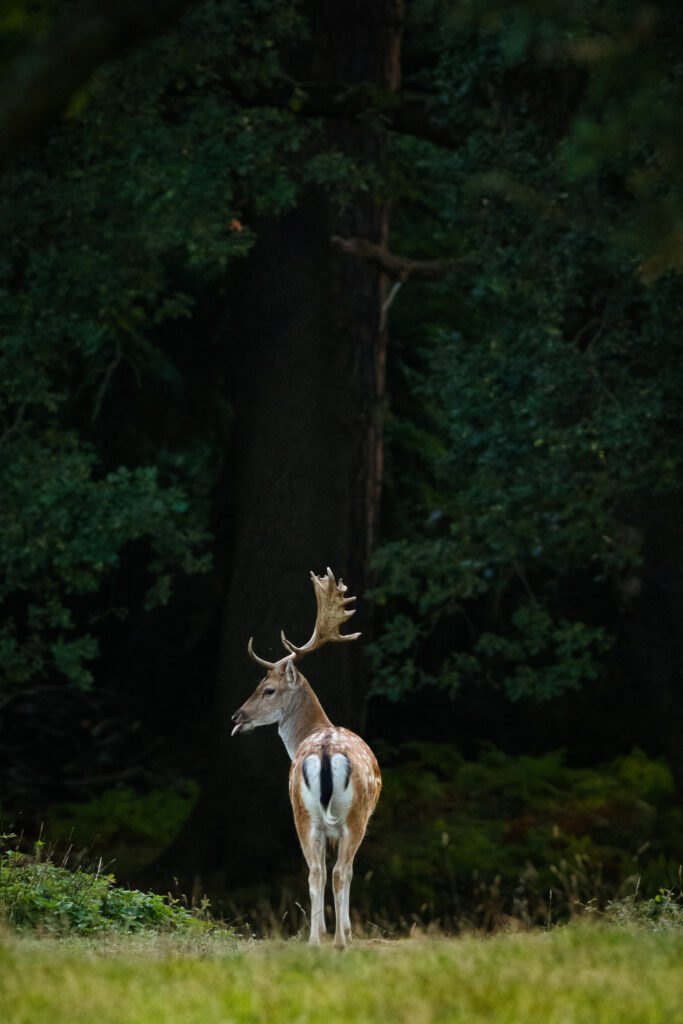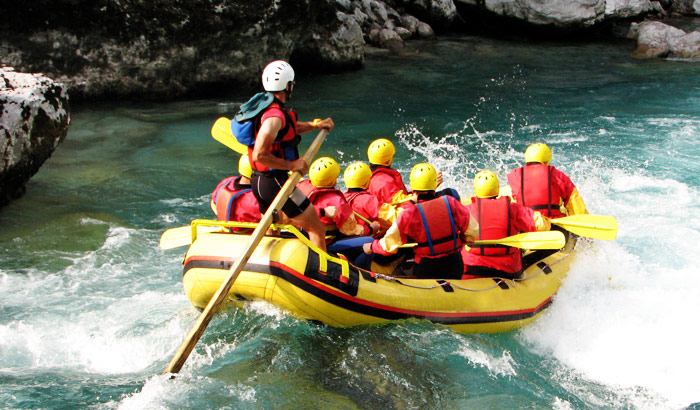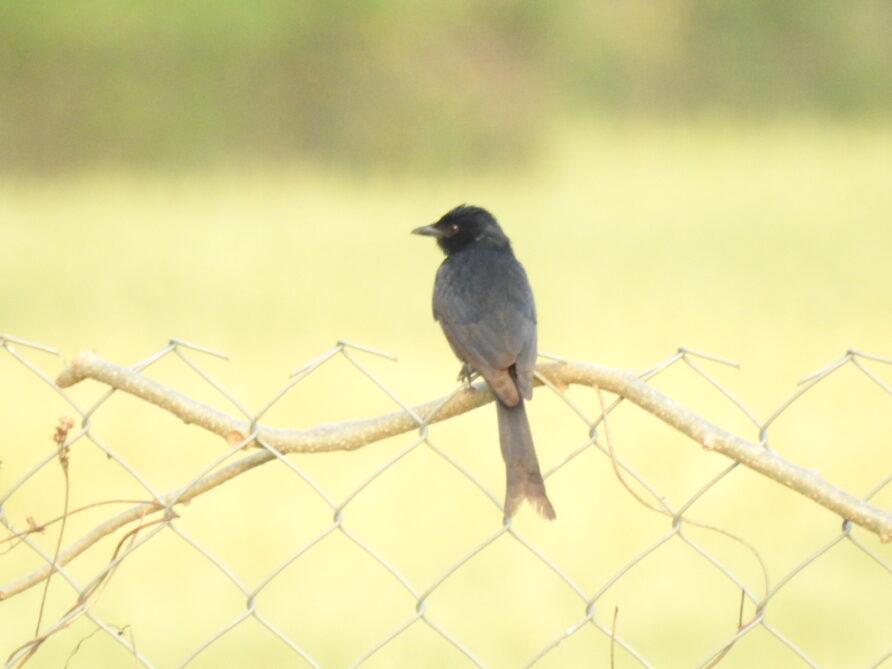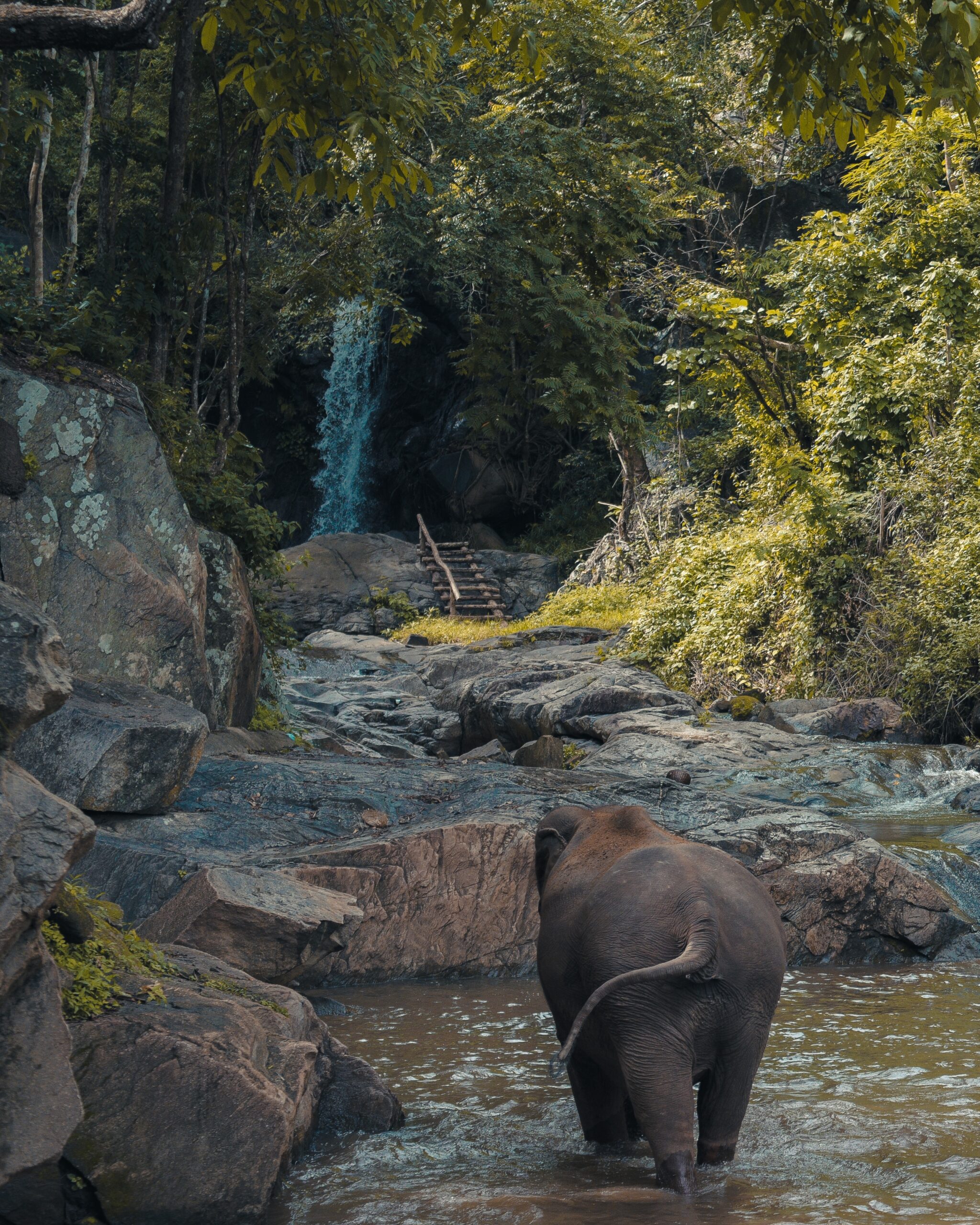
Jim Corbett National Park, situated in the state of Uttarakhand in India, is one of the oldest national parks in the country. Spread over an area of 520 square kilometers, the park is home to a diverse range of flora and fauna, including the majestic Bengal Tiger. The park is named after the legendary hunter turned conservationist, Jim Corbett, who played a significant role in the establishment of the park.
While the park offers an unforgettable wildlife experience to visitors, it is essential to understand the importance of wildlife conservation in the area. With the constant threat of poaching and habitat loss, the need for conservation efforts has become more critical than ever.
One of the primary reasons for the establishment of the Jim Corbett National Park was to conserve the dwindling population of the Bengal Tiger in the region. The park authorities have implemented several measures to ensure the protection of tigers and their habitat, including strict patrolling and monitoring of the park, creating awareness among local communities, and providing alternative livelihoods to communities residing near the park.
Apart from tigers, the park is also home to several other endangered species, including the Asiatic elephant, gharial crocodile, and the critically endangered Himalayan black bear. The conservation efforts for these species have also been prioritized by the park authorities. The park offers a unique opportunity for visitors to witness these animals in their natural habitat, and it is essential to do so responsibly.
Visitors can play a crucial role in wildlife conservation by following park rules and regulations, avoiding littering and disturbing the natural habitat of the animals. It is also essential to support the local communities and their livelihoods, which can contribute significantly to the conservation efforts.
Apart from the conservation efforts, the park authorities have also undertaken several initiatives to promote eco-tourism in the region. This includes providing visitors with guided tours, organizing awareness programs, and promoting sustainable tourism practices. The eco-tourism initiatives help create awareness among visitors about the importance of conservation and provide an opportunity to experience the beauty of the park in a responsible manner.
In conclusion, the Jim Corbett National Park is not only a wildlife sanctuary but also a crucial conservation site. Visitors to the park must understand the importance of wildlife conservation and make a conscious effort to protect the natural habitat of the animals. By promoting eco-tourism and supporting local communities, we can contribute to the conservation efforts and ensure that the park remains a sanctuary for generations to come.
